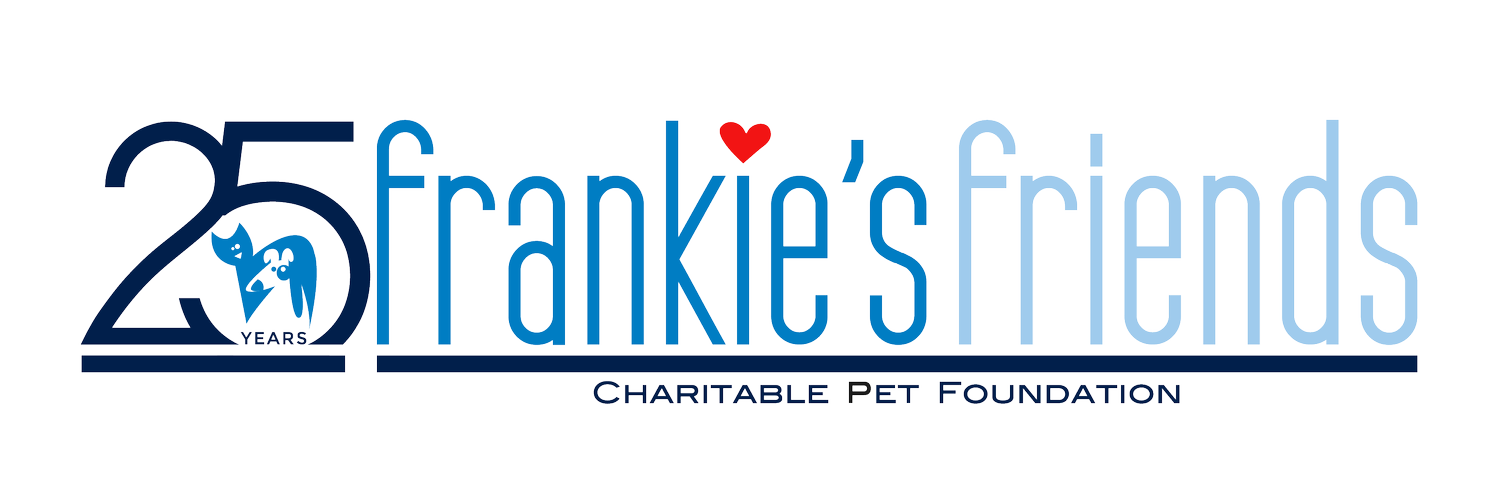Griffin: Glycolytic Phenotyping of Canine Mast Cell Tumors: Gene Array Analysis
Objectives
The purpose of this study is to utilize F-18 FDG PET-CT to attempt to establish glycolytic phenotyping for canine mast cell tumors. It is hypothesized that the degree of FDG uptake (or avidity) can be correlated to grade of MCT and other markers of aggressiveness that are identified with a validated MCT profile. A secondary purpose of the study would be to evaluate genetic profiles of these same mast cell tumors to determine if there is a specific mutation that increased the avidity of the higher grade tumors.
Summary
Metastasis is the most common cause of cancer related deaths in dogs and humans. Radiation and surgery are effective means of controlling local disease. However, if neoplastic cells spread throughout the body, it is no longer possible to definitely eradicate the cancer with these methods and systemic chemotherapy must be used. Responsiveness to chemotherapy is highly tumor cell dependent. Without removal of 100% of the cancer cells from the body, recurrence is almost guaranteed to occur.
Metastatic potential is often related to the grade of the tumor. Higher grade tumors are more likely to spread throughout the body, grow faster and invade adjacent tissues. As a result of this, higher grade neoplastic cells require extra energy to support their increased metabolic needs, termed the Warburg effect. Our collective understanding of how neoplastic cells manage to transform themselves to exploit glucose to provide energy is minimal, even today. Research has shown that preventing a neoplastic cell from accessing this extra supply of glucose can reverse a metastatic phenotype, decreasing their aggressiveness.
Canine mast cell tumors (MCT) are the most common cutaneous tumor in dogs, composing approximately 16-20% of dermal tumors seen. There is a well-established grading system for mast cell tumors that allows for determination of aggressiveness based on characteristics typical of neoplastic cells, such a markers of proliferation, invasiveness into adjacent tissues and atypia of cells. The commonly used Patnaik system separated tumors into Grades I, II and III, with Grade III MCTs being the most aggressive. Prognosis for treatment is consistently linked to grade of MCT, with most Gr I MCTs having a metastatic rate of <10% and a long term survival in 80-90% of patients treated with surgery for these tumors. In contrast, Gr III MCTs have a metastatic rate of up to 96% with the vast majority of these dogs dying within a year of diagnosis from their disease.
Funds from this grant will be put towards the portion of this study that involves having genetic array analysis performed on the MCT samples that have already been acquired, flash frozen and stored in a secure tumor bank. This is a pilot study that is seeking to provide a direction for new, exciting areas of research. The data obtained may be a step towards identifying a mutation responsible for the Warburg effect, then a novel therapeutic that could be utilized to block the access to glucose stores that tumor cells exploit, which may ultimately control metastasis. This would be an important step towards providing a potential answer in the race to cure cancer.
